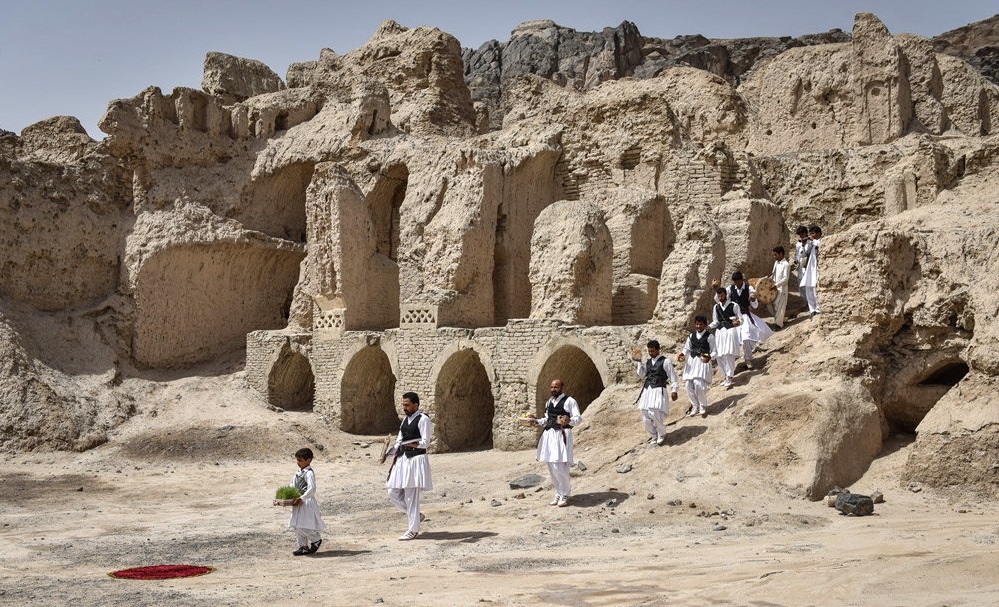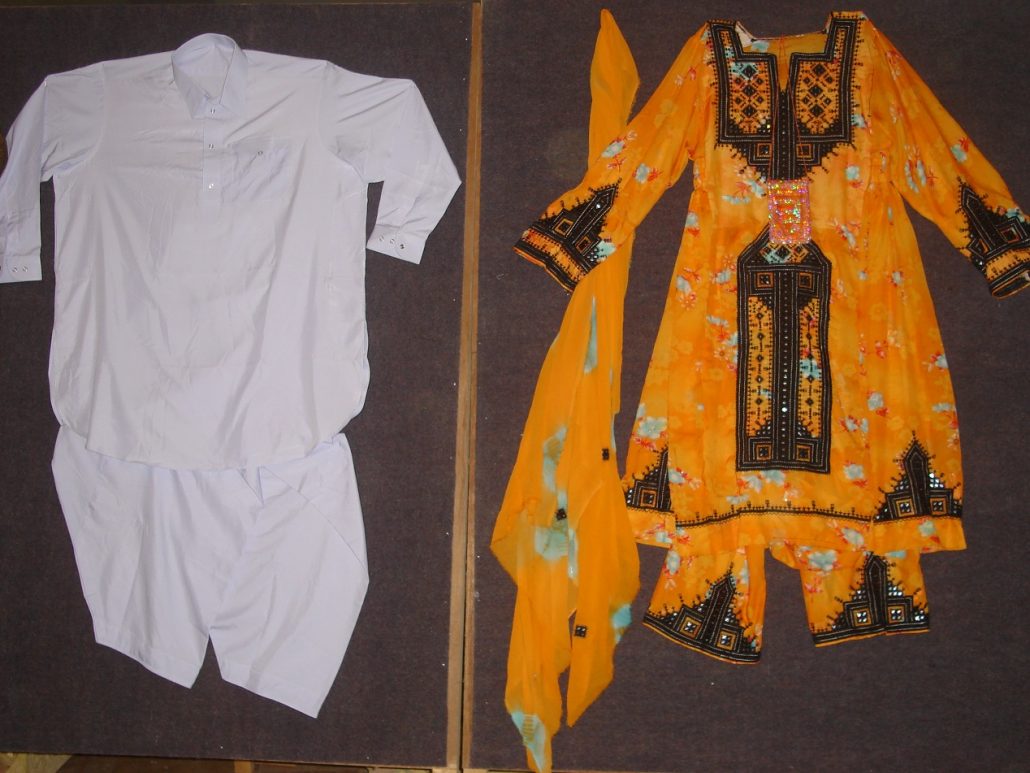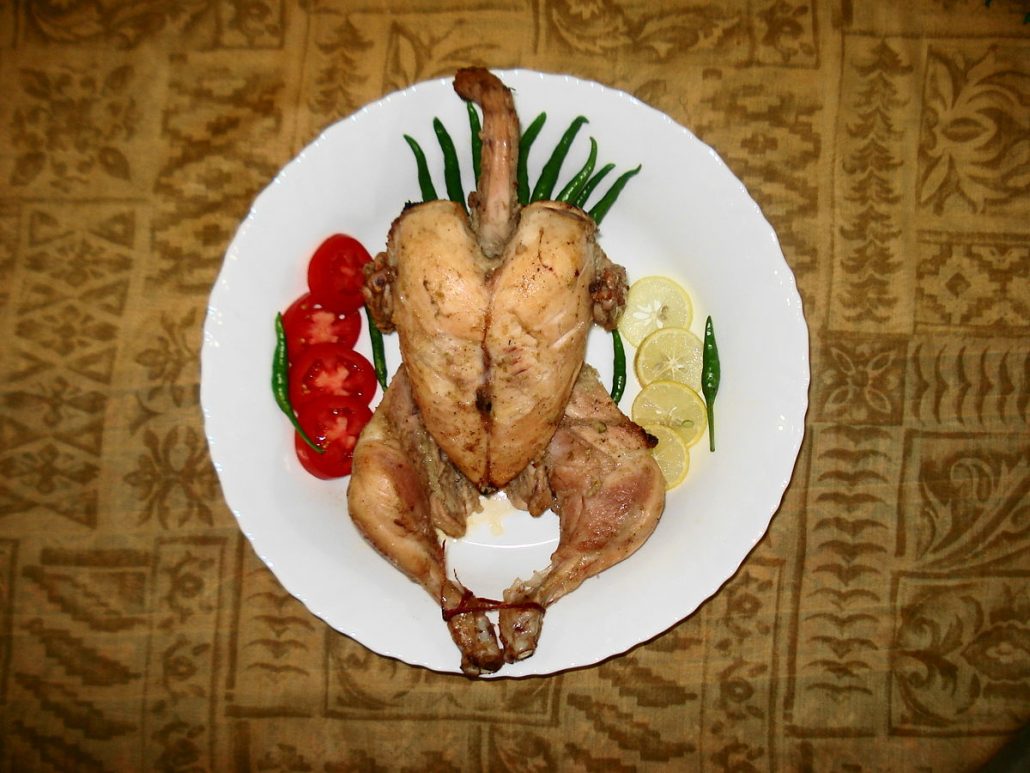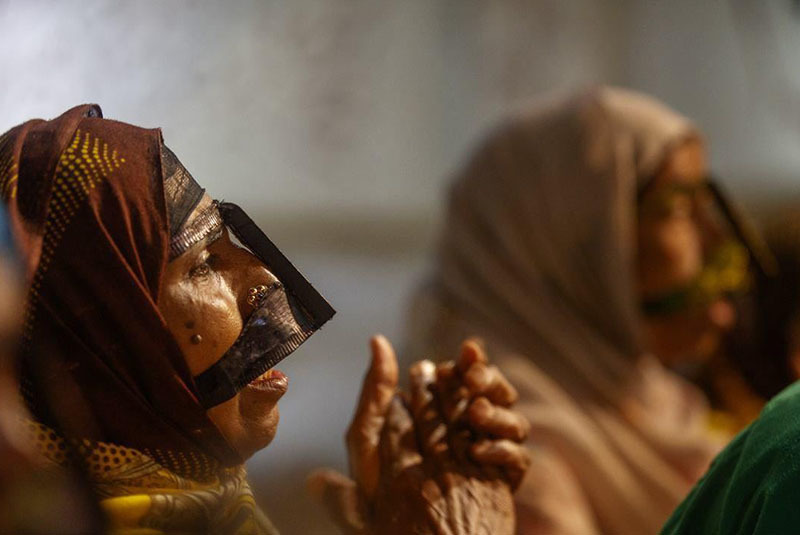The Baluchis (also Baluch, or Baluchi) are a seminomadic people (they travel with their herds on a seasonal basis but also have a home area where they grow some food crops). They live in the southern mountain range and coastal areas of South Asia’s western borderlands. Their traditional homeland is among Pakistan, Iran, and Afghanistan.
The Baluchis believe they are descendants of Amir Hamza, an uncle of the Prophet Muhammad. They settled in their present homeland sometime between the fifth and seventh centuries AD. Persians, Arabs, Hindus, and others have claimed to parts of Baluchistan, the traditional Baluchi homeland. Conflict within tribes and rivalries between tribes were frequent throughout the region. The reason was often competition for land, money, and resources.

Sistan and Balochestan
Living Place
The Baluchis population today estimates at 7.5 million. In addition, many people are Baluchis in culture but have adopted the language of their neighbors. The Baluchis could total over 11 million in number.
The traditional homeland of the Baluchis extends west from the borders of the Punjab and the Sind (a province of Pakistan in the valley of the Indus River), across a small section of Afghanistan, to the areas of the Iranian Plateau southeast of Kerman. The southern boundary defines by the coast of the Arabian Sea and the Gulf of Oman.
The Province of Baluchistan, in which some 6 million people (80 percent of the total Baluchis population) live in Pakistan. Just over 1 million Baluchis live within the borders of Iran, and there are 300,000 more in Afghanistan.
Language
The Baluchi language is an Indo-Iranian language of the Indo-European family. Modern Baluchi language is a kind of combination of Persian, Arabic, Sindhi, and other languages. No written form of the language existed before the early nineteenth century. Persian was only used for official purposes until that time.
Folklore
The Baluchi are known as bravery and courage. Also, Many tribal heroes are honored in folk songs and ballads.
Religion
The Baluchis are Muslim, mostly Sunni.
Major Holidays
The Baluchi observe the festivals of Eid al-Fitr, which is at the end of Ramadan, and Eid al-Adha, the Feast of Sacrifice that falls at the end of the Islamic year. On these occasions, people wear clean clothes and begin the day with prayer. The rest of the holiday spends in gambling, horseracing, and general merrymaking.
Eid al-Adha is celebrated with the sacrifice of goats and sheep. The meat is distributed among relatives, friends, and the poor. Alms (donations) are given to beggars. The tenth day of the month of Muharram is observed by visits to the graves of relatives, followed by prayers and the giving of alms to the poor. In general, the Baluchis pay less attention to celebrating festivals than do other Muslim peoples in South Asia.
Rites of Passage
The birth of a child is greeted with rejoicing, music, and singing. Food and sweets are prepared and given out. The birth of a boy is cause for greater celebration, and some groups barely recognize the arrival of a girl. Names common among the Baluchis include Lalla, Bijjar, Kannar, and Jihand.
Other ceremonies mark occasions such as the circumcision of boys, the time when a child begins to walk, and the first wearing of trousers. This last event, occurring around the age of fifteen, was traditionally an important stage in a boy’s life. It shows his becoming an adult and the time when he took up arms and joined his people in warfare.
Lifestyle
Baluchi nomads live in tents (gidam) made of palm matting stretched on poles. A coarse goat-hair carpet forms the floor of the tent. There are permanent settlements to live in during the summer months. More recently, houses build of sundried brick. They are scattered along narrow, long village lanes. Both old and newer houses have an open courtyard in front, enclosed by a low mud wall or palm fence.
Clothing
Traditional clothing for the Baluchi man is a long, loose shirt (jamag or kurta) that reaches below the knees, worn with baggy trousers (salwar), and a turban (pag). The turban is a long cloth wound around a turban cap on the head. Leather shoes or palm-leaf sandals are worn. A shawl or wrap (chaddar) provides extra warmth in winter but can also be used as a towel, sash, or head-cloth; it can be used to carry things.

Balouchi Dress
Women wear a long shift (pashk) reaching to the ankles, with a wrap used to cover the head, shoulders, and upper body. The wearing of pants under the shift has been restricted to women of high status. Bright colors are usually avoided, but scarlet is popular among girls of married age. Widows wear black. Women wear an assortment of jewelry, including rings (nose rings, earrings, rings on fingers and toes), necklaces, bracelets, and hair ornaments. Jewelry is made of gold or silver, depending on what a person can afford.
Food
The Baluchis have two meals a day, in the morning and evening. The food for the whole family is cooked together, but men and women eat separately. The most important grain is wheat, but millet and rice are also eaten. Grains are ground into flour and made into unleavened bread (flat bread, without any ingredients to make it rise), which is baked in mud ovens.

Sajji
Meat is an important part of the Baluchis diet. Sajji is a favorite dish that is mostly served to honored guests. A sheep is killed, skinned, and carved into joints. The meat is sprinkled with salt. The pieces of meat are spitted on green twigs, which are stuck into the ground in front of a blazing log. Once cooked, this dish is eaten with a knife, although Baluchi usually eat with their hands.
Milk is drunk and made into fresh cheese, buttermilk, and butter. In summer, a sherbet (lassi) is made with milk, molasses, and sugar. Dates and wild fruits and vegetables also form an important part of the Baluchi diet.



